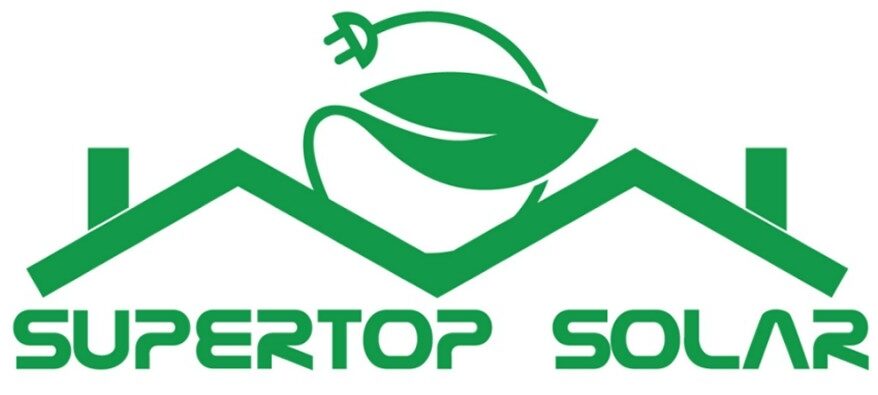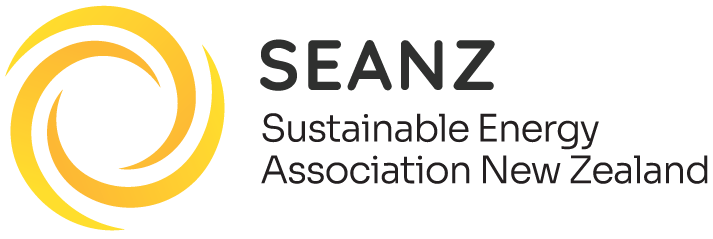Leading New Zealand into a Sustainable, Energy-Independent Future with Cutting-Edge Solar and Wind Solutions.


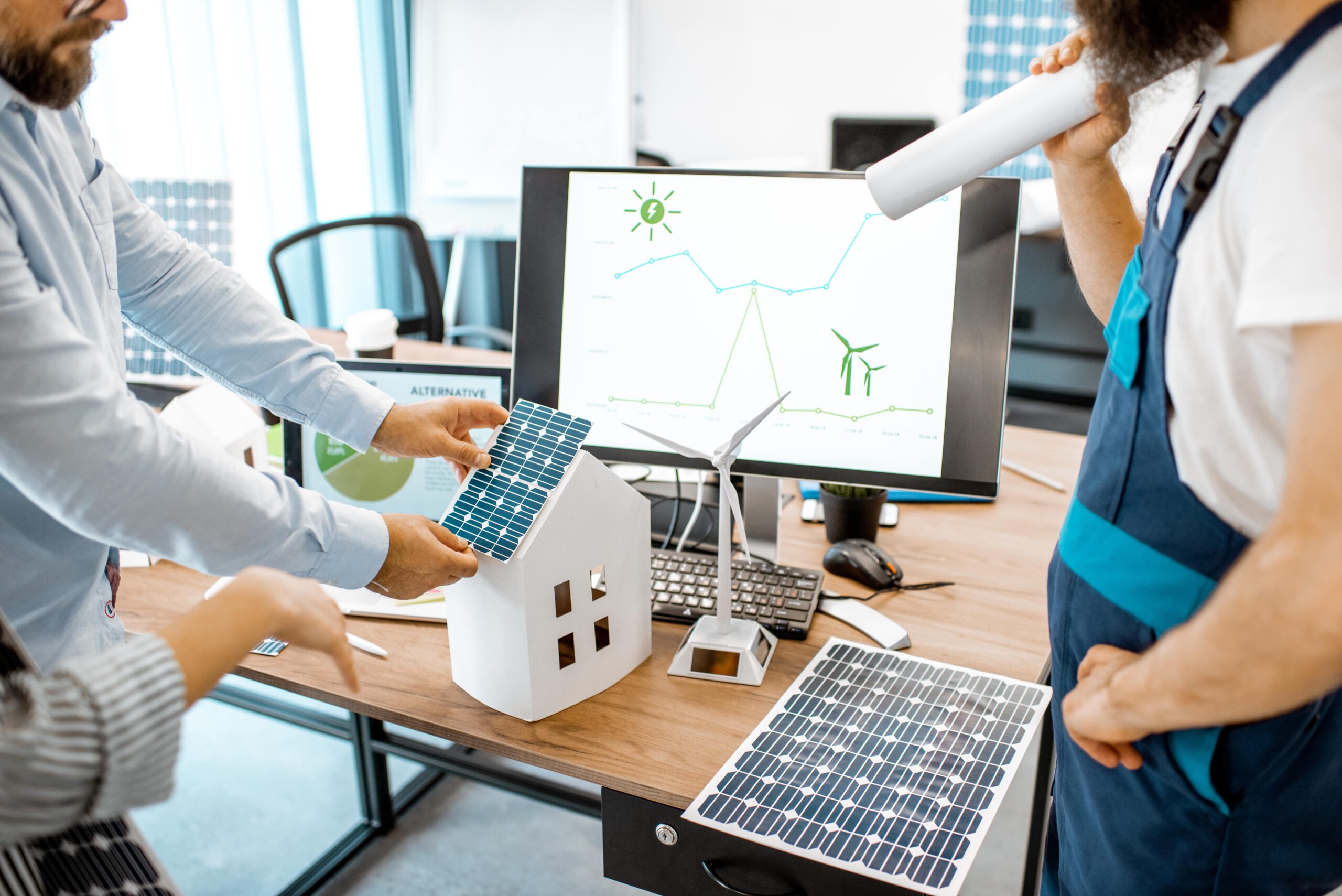
Comprehensive Renewable Energy Solutions
Supertop Solar provides tailored renewable energy solutions, including solar panels, wind turbines, and energy storage. We design and install systems that maximize efficiency, reduce costs, and promote sustainability, ensuring your home or business runs cleanly and reliably.
01
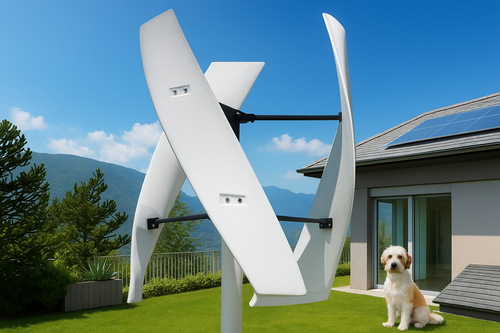
Wind Turbines Power
Explore our cutting-edge wind turbine technology designed for maximum efficiency.
03
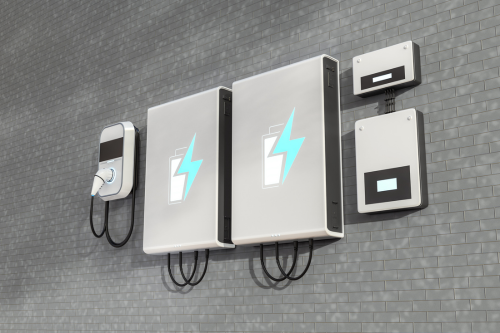
Energy Storage Solutions
Store energy effectively to use during peak times and reduce reliance on the grid.

Leading the Charge in Renewable Energy Innovation
We combine the best of solar and wind technology to provide comprehensive, sustainable energy solutions.
Our integrated approach ensures that you have reliable, renewable energy when you need it, reducing your carbon footprint and lowering your energy costs.

Energy Sustainability
Harness cutting-edge solar and wind technologies that are shaping a more sustainable future for energy generation.
Energy Independence
Take control of your energy needs with solutions that reduce reliance on the grid and provide long-term savings.
Environmental Benefits
Adopt advanced energy systems that not only power your home but also contribute to a cleaner, greener planet.
Your Pathway to Sustainable Energy


Energy Audits
Detailed analysis of your energy consumption patterns.

Wind Energy
Harness the power of wind with our innovative turbine designs.

Energy Efficiency
Maximize the efficiency of your energy use with our tailored solutions.

Solar Energy
Convert sunlight into savings with our photovoltaic systems.


Why Choose Supertop Solar?
Inspired by the innovation of Ray Channon, and backed by over a decade of expertise, Supertop Solar offers customized renewable energy solutions tailored to your needs. Our certified professionals ensure seamless installation and ongoing support, empowering you with clean, reliable energy and long-term savings.
Harnessing the Power of the Wind
Wind power is one of the fastest-growing renewable energy sources in the world. By converting wind energy into electricity using wind turbines, we can generate clean and sustainable power with minimal environmental impact. Here are the key benefits of wind power:
1. Clean and Renewable Energy Source
Wind power is a renewable resource that never runs out. Unlike fossil fuels, it produces no greenhouse gas emissions or air pollutants, making it an environmentally friendly energy option.
2. Cost-Effective Electricity Generation
Once a wind turbine is installed, operational costs are relatively low. With advancements in technology, wind energy has become one of the most cost-competitive sources of electricity.
3. Energy Independence and Security
By utilizing wind power, countries and communities can reduce their dependence on imported fossil fuels, leading to greater energy security and price stability.
4. Supports Rural and Remote Areas
Wind farms can be built in rural and remote locations, providing local communities with jobs, economic growth, and a stable power source where traditional infrastructure may be lacking.
5. Creates Jobs and Boosts the Economy
The wind energy industry supports thousands of jobs worldwide, from manufacturing and installation to maintenance and research. This sector continues to expand as demand for renewable energy increases.
6. Minimal Land Footprint
Wind turbines require relatively small plots of land, allowing farmers and landowners to continue using their land for agriculture or other purposes while earning additional revenue from wind energy leases.
7. Complements Other Renewable Sources
Wind energy works well in combination with other renewables like solar power. By integrating wind and solar, we can create a more stable and reliable energy grid.
8. Reduces Carbon Footprint
Transitioning to wind power helps reduce global carbon emissions, combating climate change and promoting a cleaner, healthier planet for future generations.
Embrace the Wind Revolution! Investing in wind energy is a step toward a sustainable future, providing clean power, economic benefits, and a more resilient energy system.
Exploring the Environmental Impact of Hydropower
Hydropower is one of the oldest and most widely used renewable energy sources. By harnessing the energy of moving water, hydroelectric plants generate electricity without burning fossil fuels. But is hydropower truly environmentally friendly? Let’s explore its benefits and potential challenges.
1. Renewable and Sustainable Energy
Hydropower relies on the natural water cycle, making it a renewable energy source. As long as rivers and water sources exist, we can continue to generate hydroelectric power.
2. No Direct Air Pollution
Unlike coal or natural gas plants, hydroelectric facilities do not release carbon dioxide (CO₂), sulfur dioxide (SO₂), or nitrogen oxides (NOₓ) into the atmosphere, reducing air pollution and mitigating climate change.
3. Reliable and Consistent Power Supply
Unlike solar or wind energy, which depend on weather conditions, hydropower provides a consistent and controllable electricity supply, making it a reliable energy source.
4. Supports Energy Storage and Grid Stability
Pumped-storage hydropower plants act as giant batteries, storing excess energy from other renewables like wind and solar and releasing it when needed, helping to balance the power grid.
5. Potential Environmental Concerns
While hydropower has many benefits, it also poses environmental challenges:
- Disrupts Ecosystems: Large dams can alter natural river flows, affecting fish migration, water quality, and surrounding habitats.
- Changes in Water Temperature: Reservoirs can cause fluctuations in water temperature, impacting aquatic life.
- Displacement of Communities: The construction of large hydropower projects has historically led to the displacement of people living in flooded areas.
6. Advances in Eco-Friendly Hydropower
Innovations such as fish-friendly turbines, run-of-river hydro systems, and improved water management strategies are helping to make hydropower more environmentally sustainable.
Final Verdict: Hydropower is a clean and renewable energy source with numerous benefits, but its environmental impact depends on how it is implemented. With careful planning and modern technology, hydropower can be a sustainable part of the global energy mix.
Harnessing the Power of the Sun
Switching to solar energy is a game-changer for homeowners looking to cut energy bills and reduce their carbon footprint. While the idea of installing solar panels might seem complex, breaking it down into simple steps makes the process much more approachable. Here’s how you can bring solar power to your home:
Step 1: Assess Your Energy Needs
Before diving into solar installation, determine how much energy your household consumes. Check your electricity bill for monthly usage (measured in kilowatt-hours) to size your solar system correctly.
Step 2: Evaluate Your Roof and Sunlight Exposure
A south-facing roof with minimal shade provides the best efficiency. Consider using solar mapping tools or consulting a professional to determine how much sunlight your location gets throughout the year.
Step 3: Choose the Right Solar System
You’ll need to decide between:
- Grid-tied systems (connected to the power grid)
- Off-grid systems (completely independent with battery storage)
- Hybrid systems (grid-connected with battery backup)
Step 4: Obtain Permits and Approvals
Most regions require permits for solar installation. Check with your local municipality and utility company to ensure you meet all legal requirements.
Step 5: Install the Solar Panels
- Mount the Racking System – Secure metal brackets to your roof to hold the panels.
- Place the Panels – Attach the panels to the racking system at the proper angle for optimal sunlight absorption.
- Wire the System – Connect the panels to an inverter, which converts DC power into usable AC electricity for your home.
Step 6: Connect to the Grid or Battery Storage
For grid-tied systems, your utility company will inspect the setup before allowing you to connect. If you have a battery system, ensure it’s properly configured to store excess energy.
Step 7: Monitor and Maintain Your Solar Panels
Use a solar monitoring app to track energy production. Occasional cleaning and inspection will keep your system running at peak efficiency for decades.
Why Go Solar?
- Save money on electricity bills
- Increase your home's value
- Reduce reliance on fossil fuels
- Qualify for government incentives and tax credits
Ready to make the switch? Installing solar panels is one of the best long-term investments for your home and the planet.
